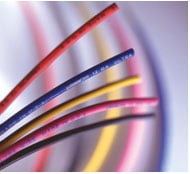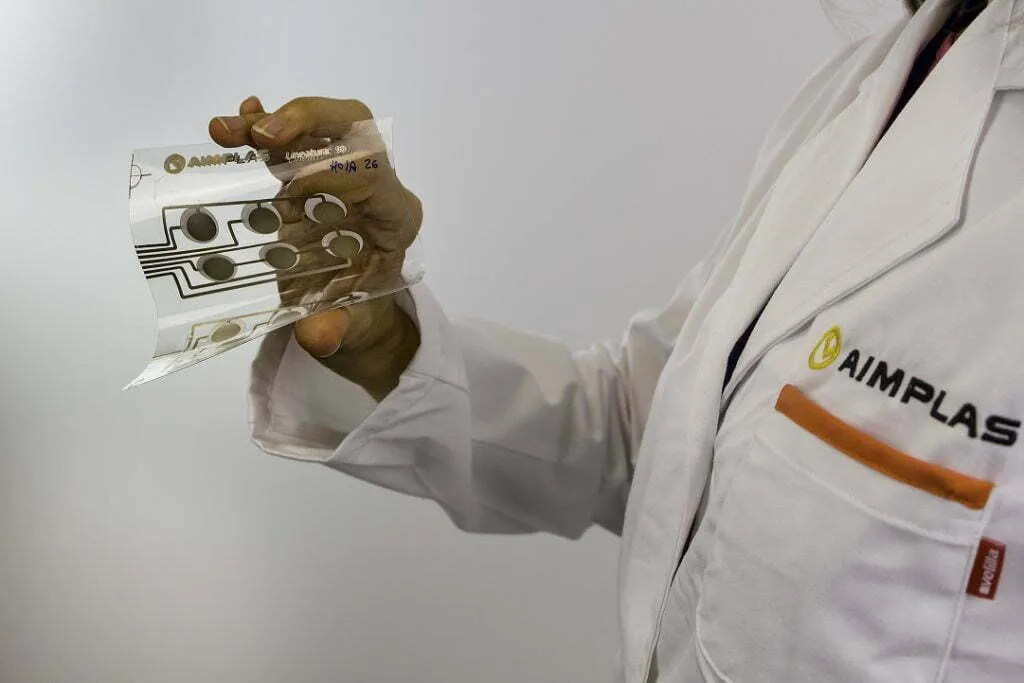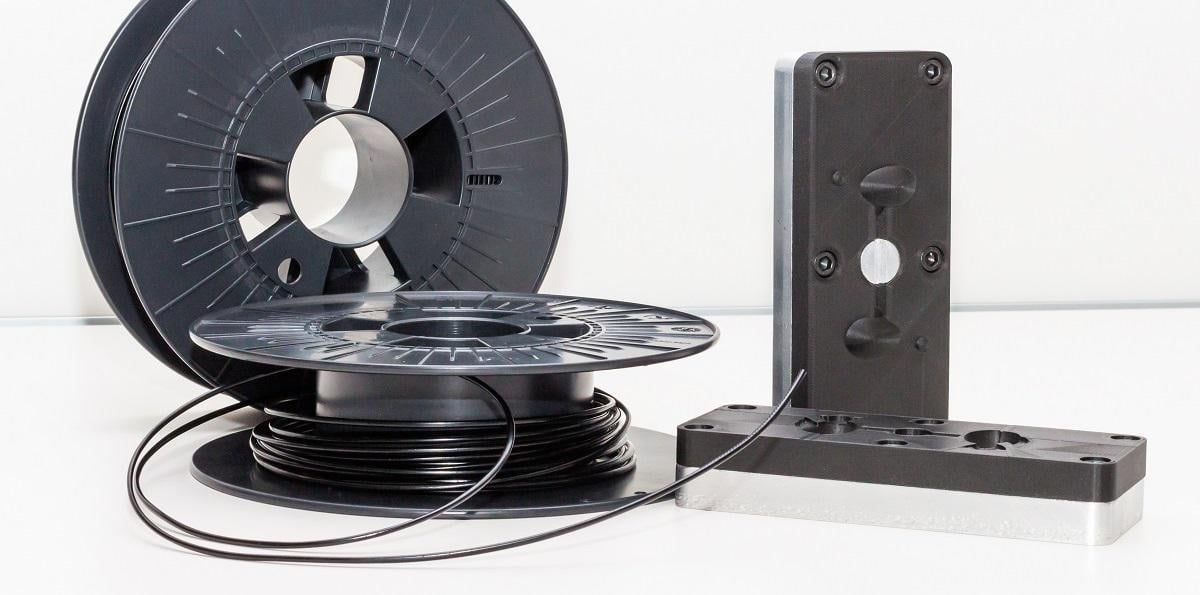Conductive plastic materials

 The huge range of design and finish possibilities of plastic materials have caused that they have a major role in industries such as the electrical-electronic sector. Due to their insulating characteristics, they have traditionally been really important in applications such as protective cases of electrical wirings, as well as different electrical elements, such as plugs, power strips, switches, etc.
The huge range of design and finish possibilities of plastic materials have caused that they have a major role in industries such as the electrical-electronic sector. Due to their insulating characteristics, they have traditionally been really important in applications such as protective cases of electrical wirings, as well as different electrical elements, such as plugs, power strips, switches, etc.
However, over the last years, thanks to the development of conductive polymers, the range of options has increased significantly. Without reaching high levels of electrical conductivity, polymers filled with conductive particles (graphite, nanofillers) are especially attractive to be used as cases of electronic devices with Electrostatic Discharge properties (ESD) and Electromagnetic Shielding (EMI). The use of plastic materials in such subjects is usually based on the applications of paints or surface metallic treatments. Nevertheless, this kind of coatings has some disadvantages, since any surface incision or scratch can turn the case into a perfect antenna and lose totally the required protective functionality. We also have to add the supplementary energy cost of the treatment, etc.
Other attractive applications with a high technology impact of conductive plastics are their possibilities as electronic sensors, which react against an external stimulus, in this case a deformation.
The range of conductivities or resistivities of these materials reduces possible applications for the conductive plastics, as ESD, EMI or dielectric. So the characterization of the material’s conductive properties is a critical point to keep in mind.
AIMPLAS has a complete equipment to determine the electrical resistivities of plastic materials in different ranges. In the field of intelligent materials and more concretely sensorization, it is possible to characterize the electrical response of a plastic material when it is subject to a deformation.
With regard to electromagnetic shielding, not only the range of electrical conductivity is determining. The design, the presence of leaks and the sealing of cases, mainly in holes and openings, are also critical points.
AIMPLAS works with these characterization techniques, offering a complete and wide range of possibilities to study the electrical properties of plastics materials.


